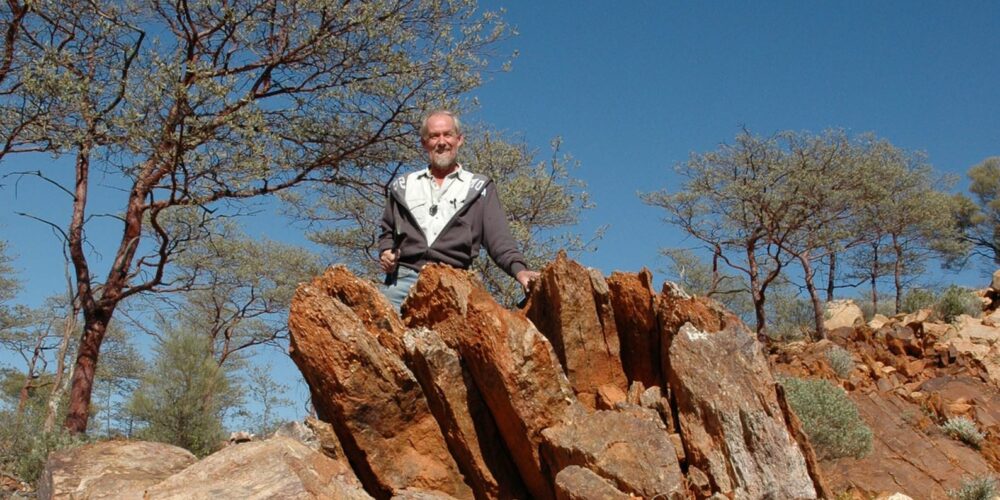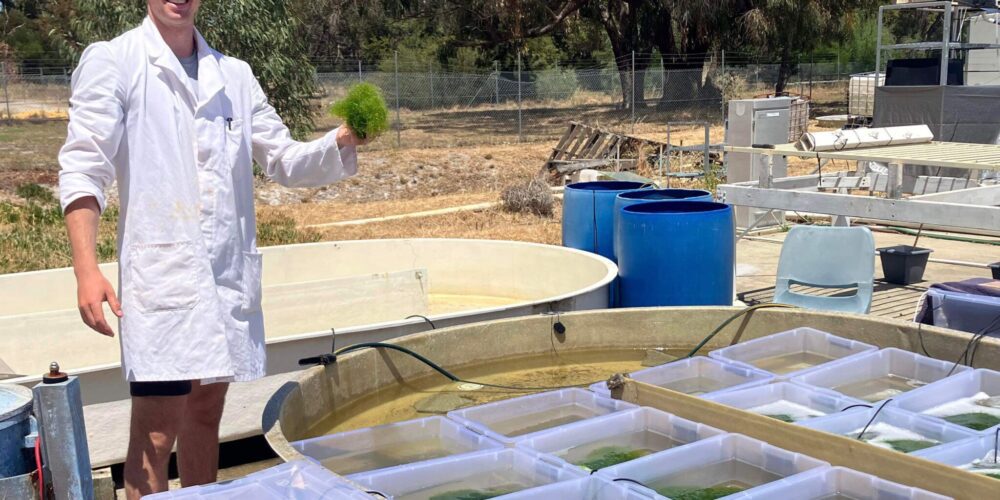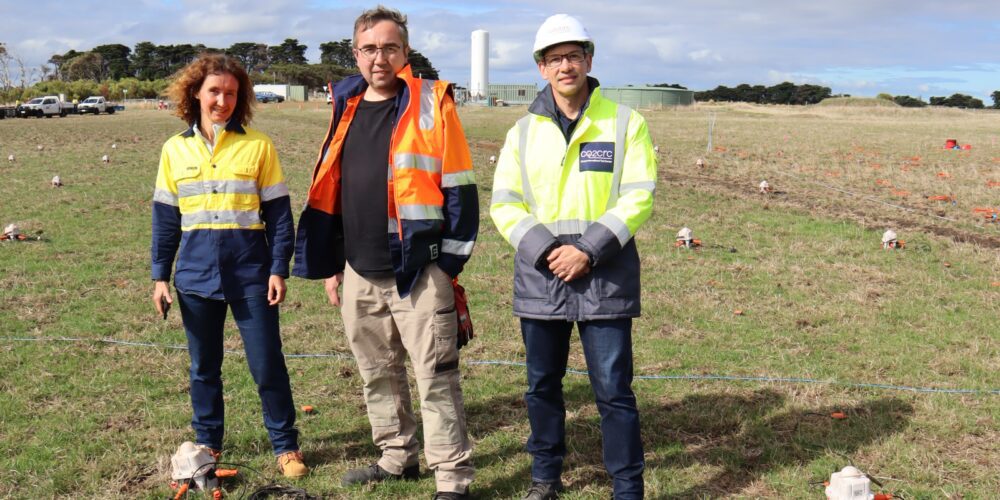Curtin researcher welcomes decision to preserve ancient WA site

Curtin University researcher John Curtin Distinguished Professor Simon Wilde welcomes a decision by the Federal Government to preserve an ancient site located in regional WA, which is home to the Earth’s oldest known mineral, after an 11 year bid to protect the site.
The Federal Minister for the Environment, the Honourable Sussan Ley, recently announced that Erawondoo Hill, located 800 kilometres north of Perth in the Jack Hills, has been added to Australia’s National Heritage List – a recommendation that Professor Wilde, from Curtin’s School of Earth and Planetary Sciences, submitted back in 2009.
The site is internationally recognised for hosting the Earth’s oldest known zircon crystals – including the oldest known mineral on Earth (4,404 million years old), which was discovered by a research team led by Professor Wilde.
Professor Wilde said he applauded the Federal Government’s decision to add this significant site to Australia’s National Heritage List.
“Eminent research scientists from around the world have travelled to this site to gain a better understanding of the Earth’s formation and history, making it a unique and globally significant site,” Professor Wilde said.
“Given the advances in scientific techniques and resources used by scientists today, there is huge potential of making new discoveries at this site which may shed new light on the early Earth.
“Erawondoo Hill has scientific, cultural and educational value, so providing adequate protection to this site is essential. The possibility of mining in these regional areas in WA is huge so for the Federal Government to recognise the significance of this site is a great result.”
In 1984, Professor Bob Pidgeon and Professor Wilde travelled to Erawondoo Hill with former staff member John Baxter and a group of final year geology students from Curtin University, as part of an ARC-supported project to map the area for upcoming research work. This trip led to the discovery of the then oldest known zircon crystal, which was discovered in 1986 and estimated to be 4,275 million years old.
Professor Wilde said that although Hadean zircon crystals – those older than four billion years – have now been reported from all continents on Earth, Erawondoo Hill remains the only site where these are abundant.
“Approximately 10 per cent of the zircons at Erawondoo Hill in the south western Jack Hills are over 4,000 million years old,” Professor Wilde said.
“Research at this site has led to a better understanding of the Earth’s first geological processes, such as the earliest oceans and continents, the Earth’s early cooling history, and possibly its earliest magnetic field. We hope that future scientific investigations into these ancient zircons will encourage researchers to continue travelling to WA to better understand the Earth we live on today.”



